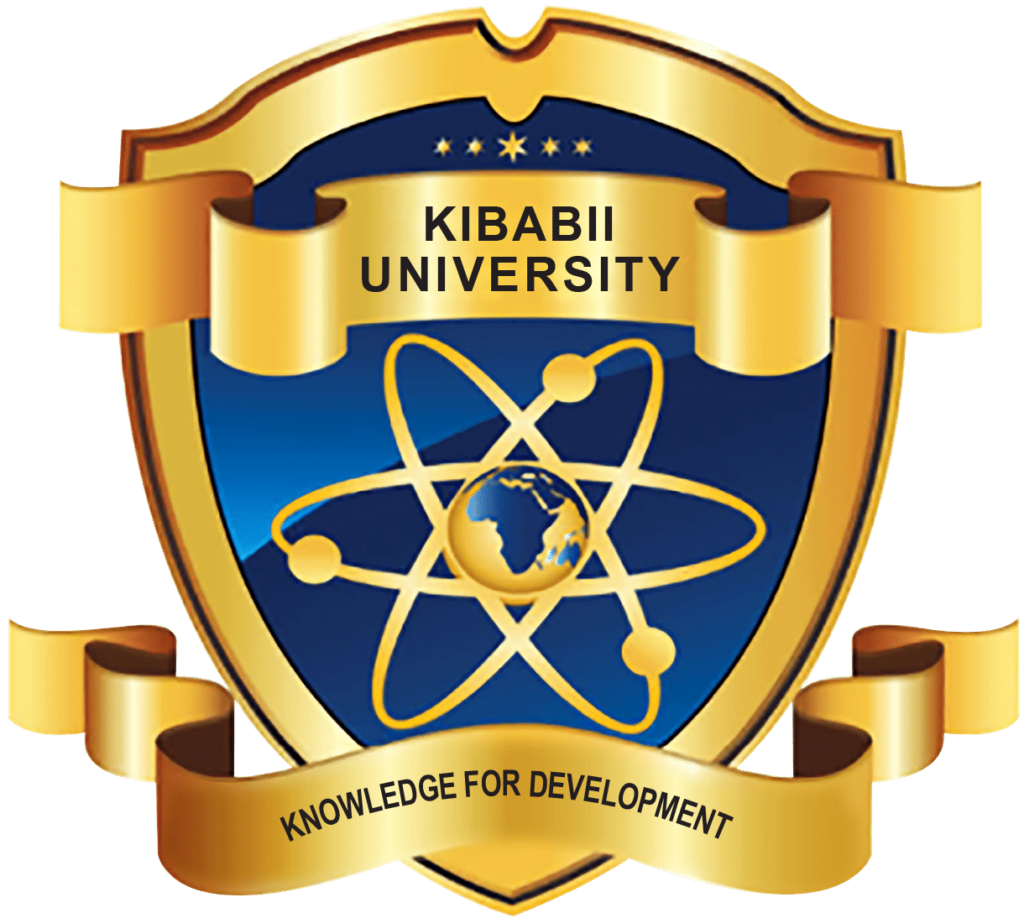Technical Factors And User Personality Characteristics As Indicators Of Smart Phone Integration Into Self-Directed Learning In Universities
Dr. Anselmo Peters
ABSTRACT
Mobile phone learning involves the exploitation of ubiquitous handheld hardware, wireless networking and mobile telephony to facilitate, support and enhance and extend the reach of teaching and learning. Over the past five years advances in the sophistication of mobile technologies have catalyzed the way in which mobile phone learning is being adopted and used in educational contexts. Mobile phone learning is a proxy for wider changes in the educational landscape. It is a philosophical approach to the possibility of learning anytime anywhere – knowing that you can find information when you need it. Wireless technologies differ in a variety of dimensions, most notably in how much bandwidth they provide and how far apart communicating nodes can be. Other important differences include which part of the electromagnetic spectrum they use (including whether it requires a license) and how much power they consume (important for mobile nodes).There is need to integrate the tools in the classroom activities in order to enhance and promote self-directed learning. These devices are able to communicate with each other over the Internet or in a proximal network. The tools include Bluetooth, Wi-Fi (802.11), WiMAX (802.16) and third-generation or 3G cellular wirelesses. One of the gaps that exist in the field of mobile phone use is how to integrate the technology in universities for self-directed learning. No framework for such integration exists. Few universities have adopted mobile phone learning technologies, but they are not using it in appropriate way and for self-directed learning. This gap provided a basis for the research in which an integration framework has been developed. The framework will enable learners and educators in universities to use mobile phones as a tool for self-directed learning. The scope of the research was within mobile phone integration in universities in Kenya for self-directed learning. The research was guided by technology acceptance model that emphasizes on perceived ease of use and perceived usefulness as constructs for technology acceptance. Multi-case study design which typically combines data collection techniques such as interviews, observation, questionnaires, document and text analysis were used. Validity of the research instruments was enhanced by requesting experts, lecturers and supervisors and students from the department of Computer Science (MMUST) to assess face and content validity. Both qualitative and quantitative data collection and analysis methods were used. Descriptive statistics which focused on collecting, summarizing, presenting and analyzing sets of data and results presented in tables and charts were employed. Inferential statistics was used to make inferences about the research findings. To ensure reliability of the research instrument, split-half method was used. The results of the two groups were then compared to get a correlation coefficient. Homogeneity reliability was done to ensure all items or questions assess the same skill, characteristics and quality. The case study population was undergraduate distance learning and fulltime students of two Kenyan public universities. All the participants in the research remained anonymous. The research found out that the potential of mobile devices use in universities remains largely untapped. The mobile phone use integration framework designed provides a benchmark for the use of mobile phone as a tool for self-directed learning in universities. The framework developed in the research contributes to the development of mobile phone use for self-directed learning in universities. However this will depend on perceived ease of use and perceived usefulness of mobile phones by the students and lecturers in universities. This can permit increased access to education by all deserving citizens in Kenya and the rest of the world.
![]()
Download Abstract: Technical Factors And User Personality Characteristics As Indicators Of Smart Phone Integration Into Self-Directed Learning In Universities

